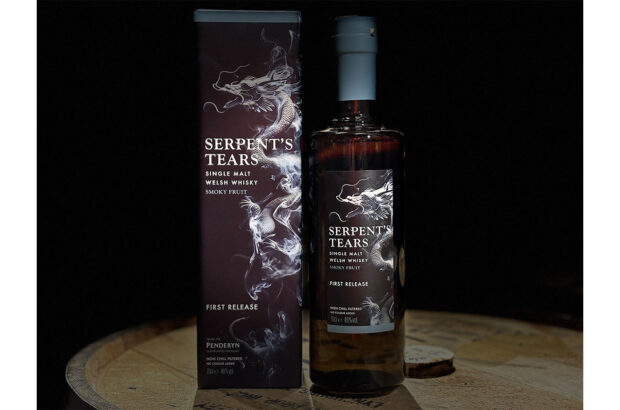The Vinho Verde region of Portugal is shifting more and more towards rosé production.
To boost sales and broaden perceptions of Vinho Verde, producers are focusing on what they see as an increasingly trendy style.
The region is known as a producer of crisp, dry whites, mass-produced sweeter whites, of which Quinta de Avelada’s Casal Garcia and Sogrape’s Gazela are market leaders, and highly tannic, low alcohol reds that rarely sell abroad.
Now rosé, a style that was practically non-existent four years ago, now accounts for 5% of total production. White wine accounts for 80% and red 15%.
‘The growing interest in making rosé confirms how this region is changing. We have increasing numbers of younger winemakers approaching viticulture in a different way, eager to respond to trends and try new things,’ Antonio Cerdeira, spokesman for the Vinho Verde commission in Porto said.
Adega Cooperative Regional de Monção, one of the largest and best regarded cooperative producers in the Vinho Verde region of northern Portugal, has just launched its first ever rosé.
The wine, Muralhas de Monção, is made from a blend of indigenous local grapes Alvarelhao, Pedral and Vinhao, and has alcohol strength of 10.9%.
Production of the 2007 vintage was 40,000. Cooperative president Antonio Barbosa said he expected this to rise.
‘Initial responses have been very encouraging,’ he said, adding that he will continue to focus on Alvarinho, a grape that grows well in the Monção sub-region and has won the cooperative many awards.
Written by Justin Keay






